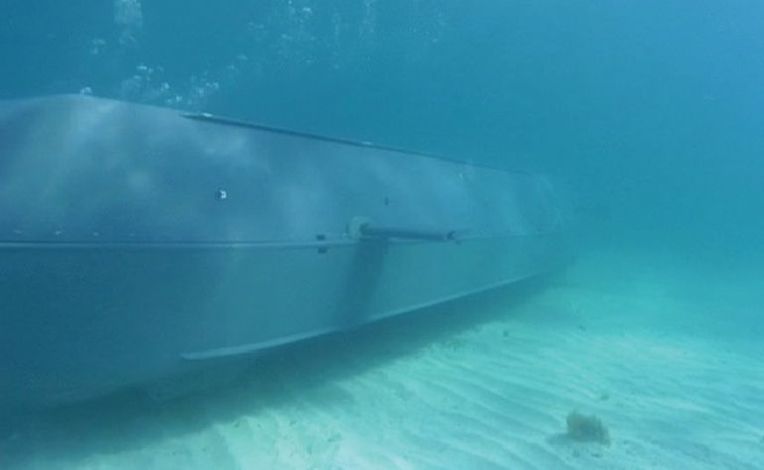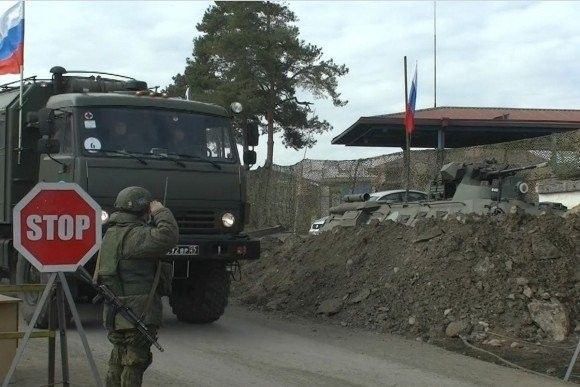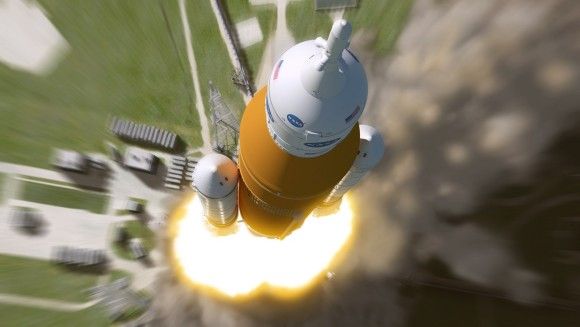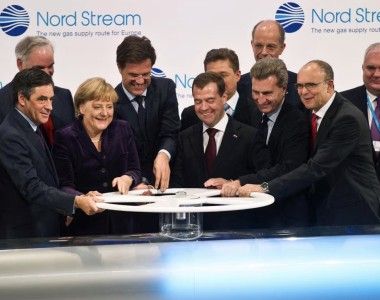Acquisition Of A Surface/Submersible Combat Craft For The Polish Special Forces
The Armament Inspectorate published a notice that a procedure has been started, the aim of which is to acquire a single example of Multi-Purpose Combat Craft (Wielozadaniowa Łódź Bojowa – WŁB) for the Polish Special Forces.
The new craft is to operate on surface and in partially and fully submersed setups. No precise requirements are known, because the detailed description is to be included in the tender’s terms of reference. Access to these terms will be granted solely to the Contractors who were invited to place their offers.
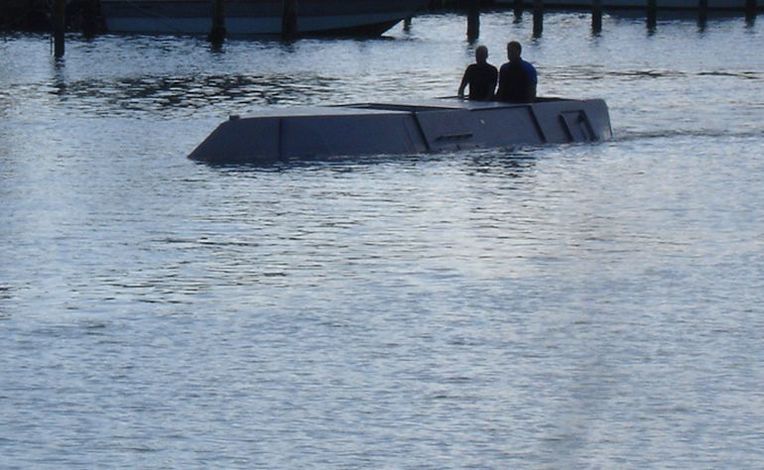
The selection is going to be carried out in accordance with three criteria: price (weight – 60%), technical specification (weight – 30%) and warranty (weigh – 10%). The offer placing deadline expires on 3rd August this year.
We shall recall the fact that the relevant technological dialogue has been carried out by the Armament Inspectorate back in 2013 and 2014. Out of the limited amount of information that was disclosed to the public, we could draw conclusions that the Polish Special Operations Component is willing to acquire a vehicle which would be somewhat reminiscent of the STIDD MRCC (Multi-Role Combat Craft) vehicle capable of moving both on the surface of the water, as well as below it.
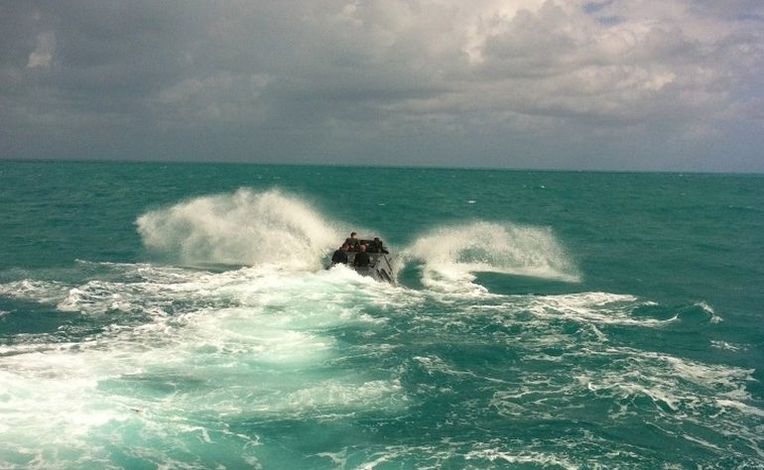
The Armament Inspectorate released information one and a half year ago, according to which the MRCC to be procured should be transportable in a standard ISO 1A (40-feet) container, with a length of 12.192 meters, width of 2.438 meters and height of 2.438 meters. C-130 transport aircraft or a trailer should be capable of carrying such container. The craft’s weight shall not exceed 4500 kg, and its length is to be contained within 11 meters.
No requirements regarding the hull material were specified, however it was noted that the hull should make it possible to utilize the craft in winter. At the same time, the material, out of which the hull is created, shall be highly resistant to corrosion and abrasion. Top part of the hull, as it is most prone to wear, is to be made out of easily replaceable elements.
The Armed Forces wished that the craft shall be capable of achieving speeds of at least 30 knots on surface, with a range of at least 150 NM, with full capabilities maintained up to the sea state of 3. The steering capacities were to be kept up to the sea state of 5 (in Beaufort scale).
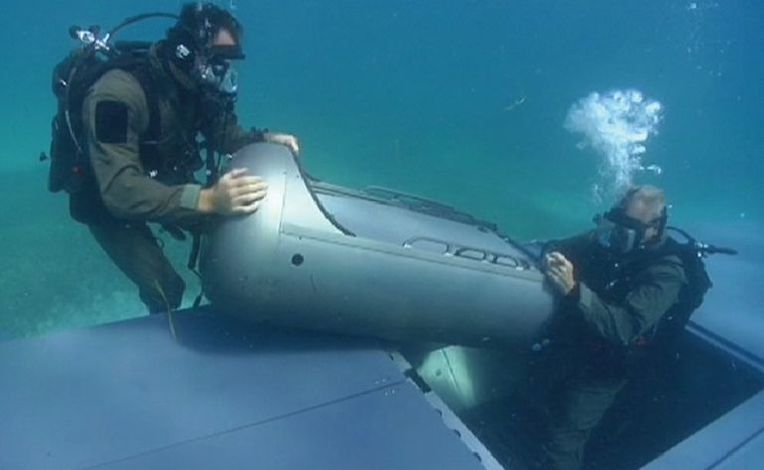
When submersed, the craft was to reach speeds not smaller than 5 knots, its range should reach at least 20 nautical miles at the cruising speed. The craft was to be created in a ‘wet’ layout, meaning that the divers are not separated from the water in a sealed hull. Water-proof compartments are to be provided for the propulsion system and for the electronic devices.
Besides space for two crew members and four combat divers, the craft is additionally capable of transporting and storing two diver-propulsion devices and air supply sufficient for all of the persons on board. Fast STIDD MRCC stealth craft has a similar specification. The STIDD company also manufactures the DPD transporters. The craft in question uses a diesel engine on the surface, while underwater it is being propelled by an electric motor, powered by the batteries which are recharged by a generator, operable when the craft is not submerged. The craft is capable of reaching speeds of more than 50 knots on the surface, 5 knots if it is half-submerged and 3 knots, completely underwater.
MRCC craft’s range is also close to the Polish requirements – 150 NM on the surface, 120 NM if half-submerged. Permissible operational depth – 40 m. When the MRCC is operating on the surface it may be armed. Similar requirements have been most probably submitted by the Polish Special Forces.
